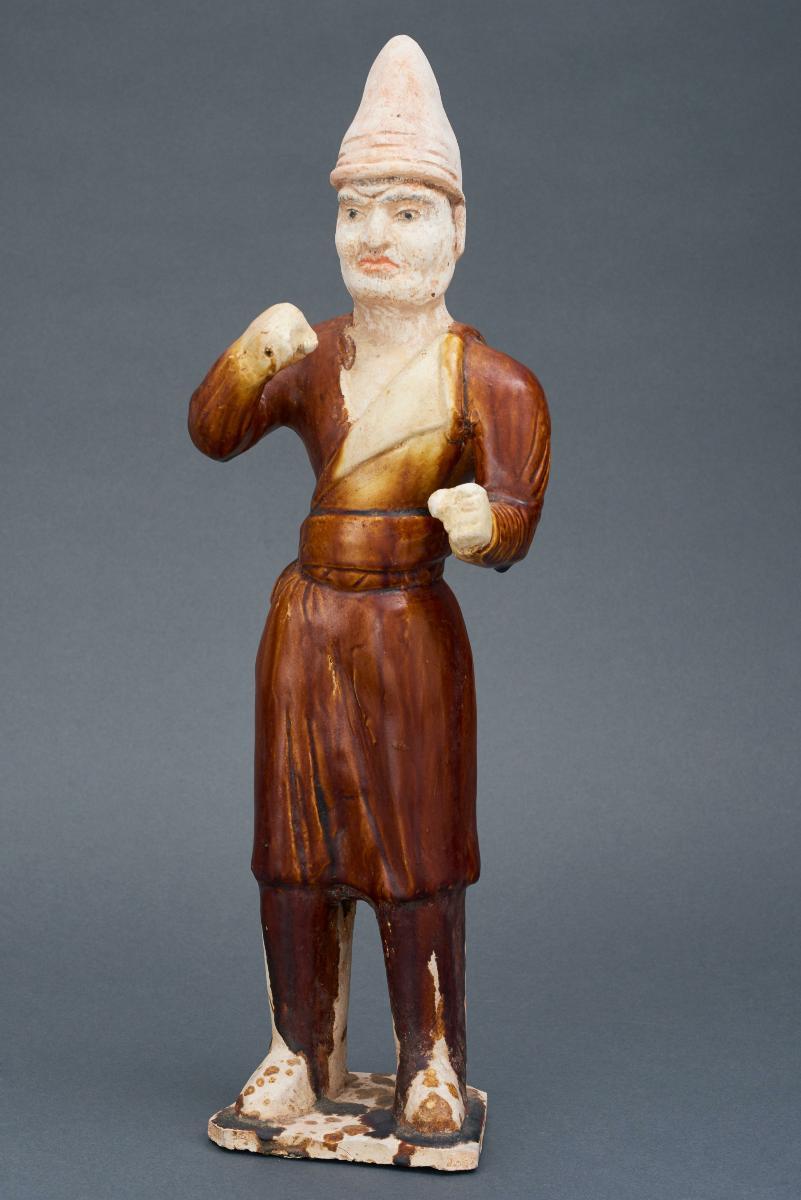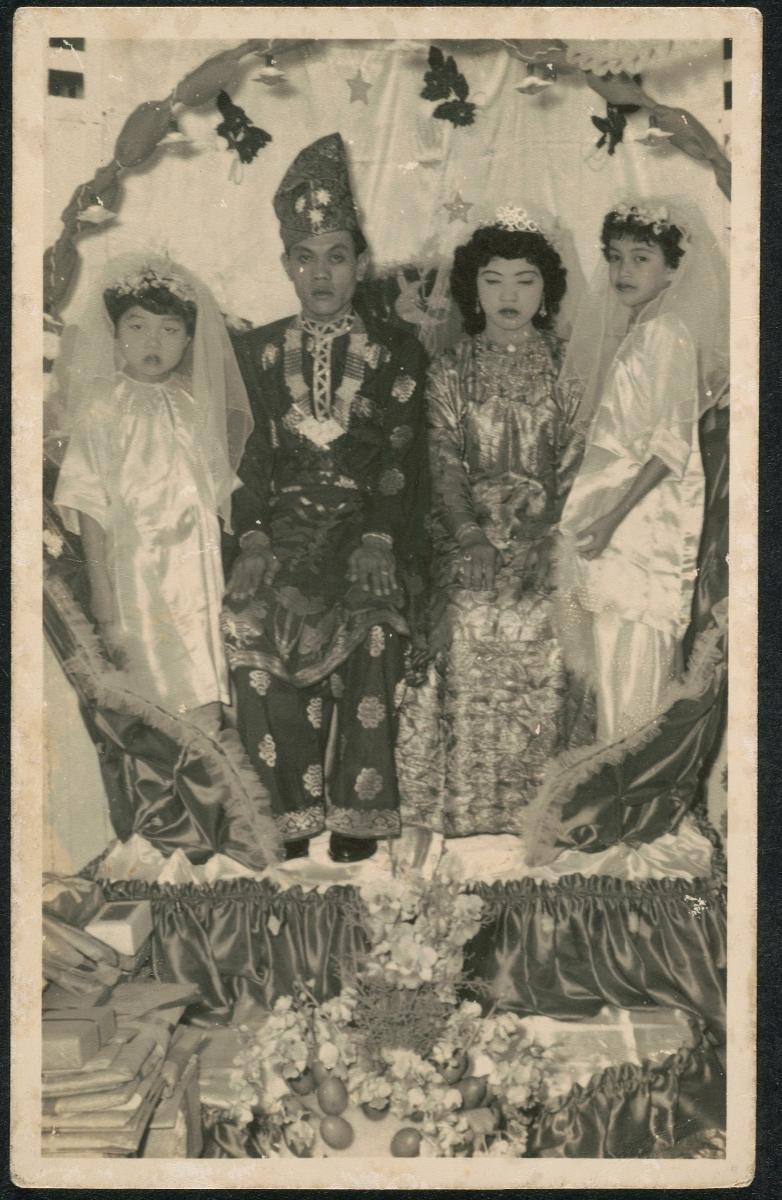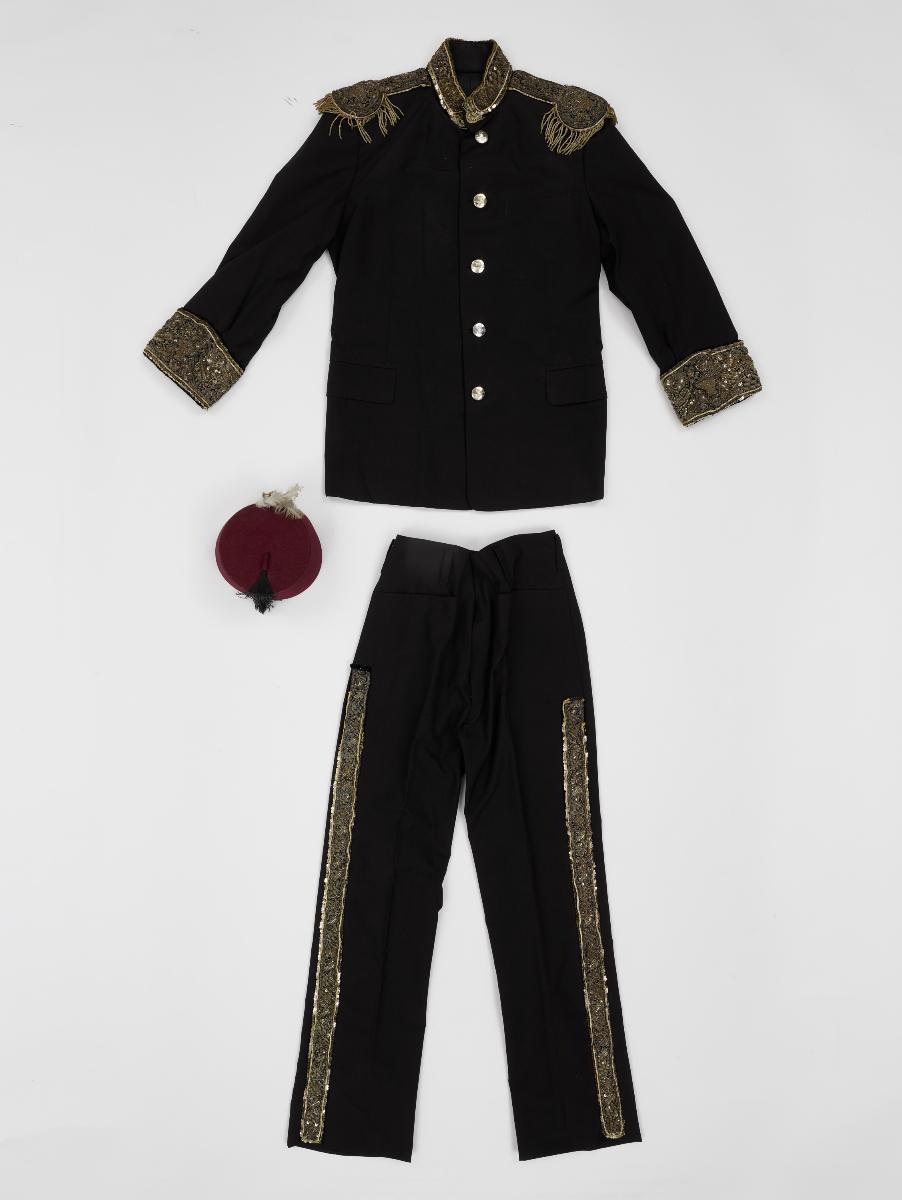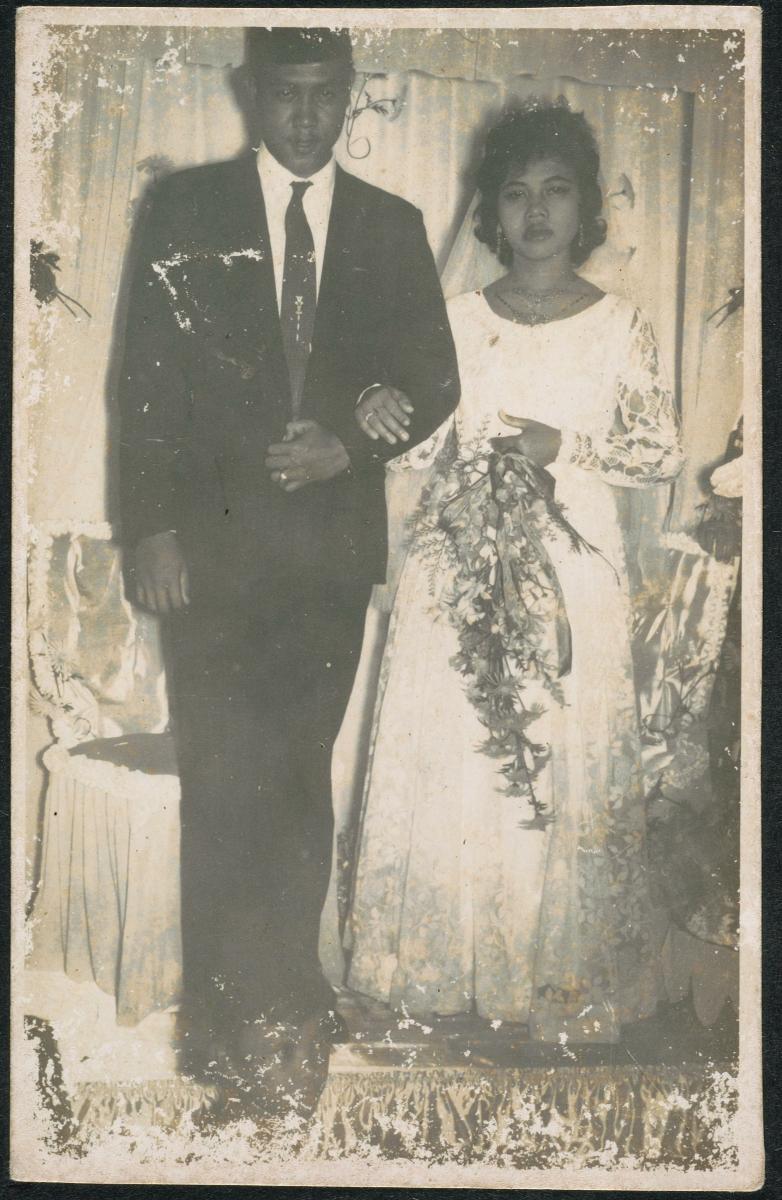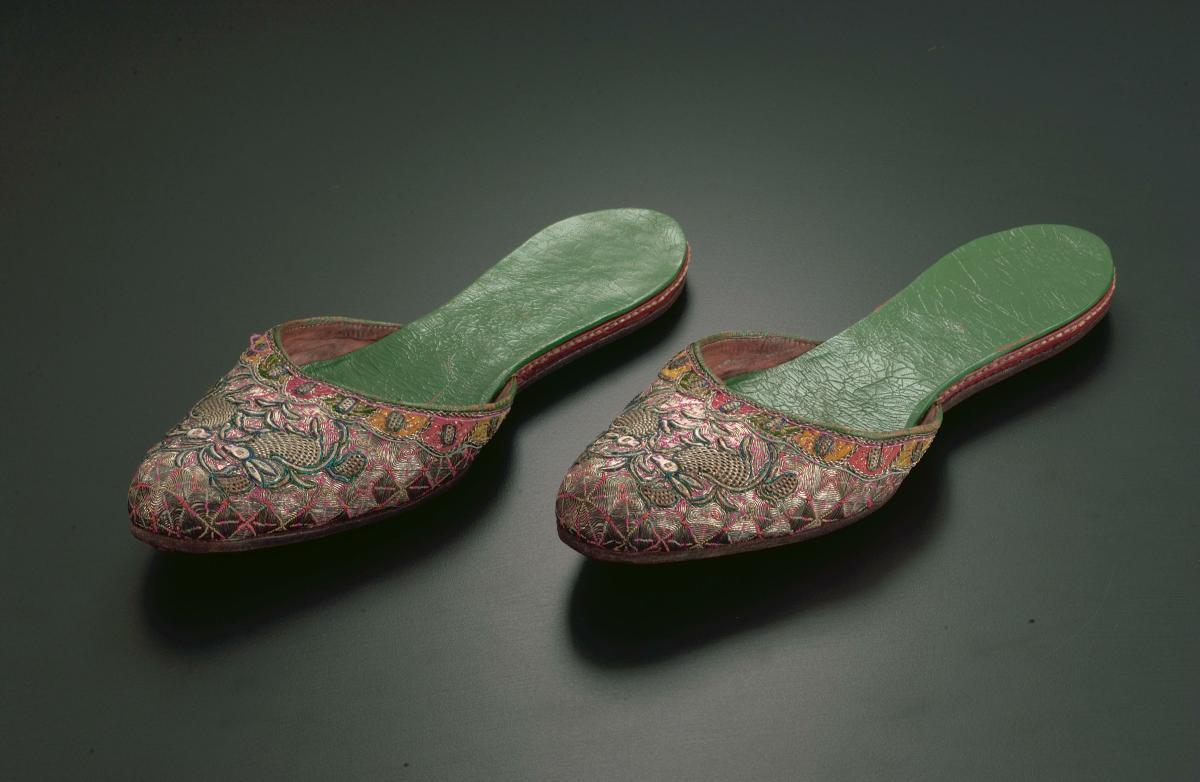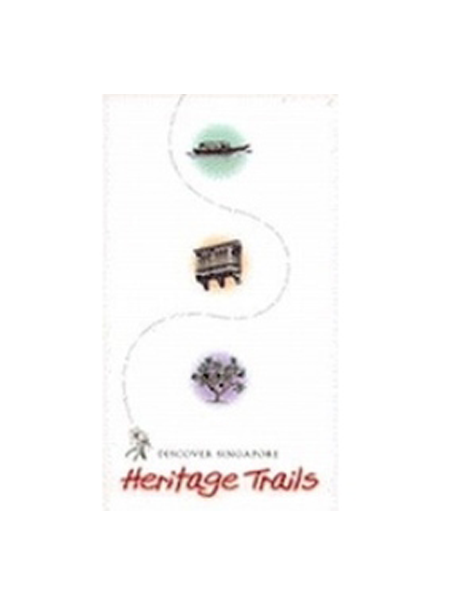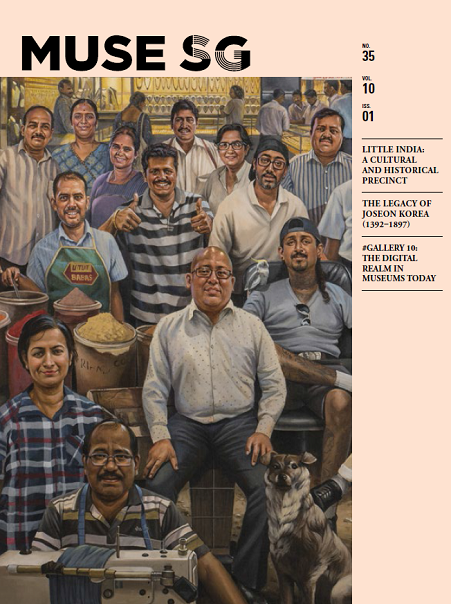This lead-glazed or 'sancai' (‘three colour’) groom came in a set with a horse. They would have been part of a group of pottery tomb figures. A brown glaze covers the rider's robe. His hands appear to hold the rein which is now missing. The practice of using lead-glazed burial wares had already started during the Han dynasty (206 BCE-220 CE). This glaze technology further developed during the Tang dynasty (618-906) into ‘sancai’ glaze. The custom of making ‘mingqi’ or burial wares was an ancient one. It is thought these wares were necessary for the deceased in the next world. Elaborate groups of burial wares were also a display of wealth and social status. While it was common to find figurines of horses in Chinese tombs, it was much rarer to find groom figurines such as this.




